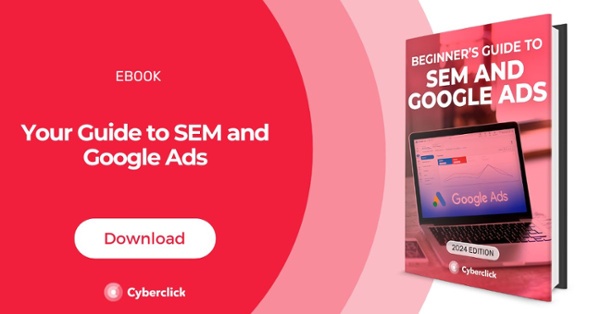Google Ads is a fundamental tool in advertising, as it has been the leader in online advertising for a long time. Knowing the types of ads that can be created with Google AdWords is key to maximizing your online advertising strategy.
Starting June 30, 2022, Google will favor responsive search ads over other forms like Expanded Text Ads. Keep reading to learn more about this type of ad, its advantages, and how it differs from previous formats!
What Are Responsive Search Ads?
responsive search ads contain several headlines and descriptions for the same ad. This allows for high levels of personalization for the person seeing the ad, as there are many combinations that can be shown to him or her depending on his or her search patterns and history.
Responsive search ads usually have about 15 different titles and up to 4 possible descriptions that can result in thousands of different combinations.
There is also a “pinning” function that gives advertisers a certain amount of control over which ads are shown, although it isn't recommended to use it too often. Pinning too much will disrupt the search engine’s attempts to test out combinations, ultimately hindering the campaign's performance. Marketers should make sure that all the headlines and descriptions match well together and are completely interchangeable in order to get the most out of the ads.
We strongly recommend staying up to date on Google's advertising best practices since they are updated frequently. Commonly regarded best practices include keyword research, providing a reasonable amount of ads for one ad group or campaign, and combining and taking advantage of other Google Ads tools and techniques, like Dynamic Keyword Insertions and Ad Extensions.
3 Benefits of Responsive Search Ads
1. Personalization
The most obvious advantage of using responsive search ads is the amount of personalization that can be achieved. According to Google, up to 15% of the search queries it receives every day are unique, meaning they have never been searched before.
2. Seamless User Experience
Responsive search ads rely on several sources of information to display the appropriate ad, including the location, device, and search history of the user. This allows for a seamless user experience, as responsive ads can be made to fit desktop or mobile devices. When writing your product descriptions for your ads, try and avoid ones that end abruptly or in an ellipsis, which ends up leaving the user confused.
Additionally, because Google shows different combinations to different users automatically, it saves the advertiser a lot of work and eliminates the need for manual A/B testing.
3. Greater Brand Awareness
Another advantage of using responsive search ads is that creating a greater number of descriptions and headlines will lead to a wider reach, as the ads will match more queries and therefore be seen by more people. With more impressions, your brand awareness will be higher.
Lastly, they also have up to a 15% higher click-through rate than other forms, like regular text ads.
Responsive Search Ads vs. Dynamic Search Ads
Remember that responsive search ads are those for which you provide a number of titles and descriptions to Google and let it automatically test different combinations of headlines, descriptions, and images to find the one that works best.
Dynamic search ads are ones where Google itself writes the headline by taking information from the content and URL provided as well as the search queries. They are great for finding prospective keywords that you previously might not have considered.
They do, however, require a slightly different overall marketing strategy. Because the headline is created automatically and on the spot by Google, there’s a chance that its content will not be aligned with the URL or landing page, leaving the customer confused and potentially disrupting the funnel.
Dynamic search ads are more often used in remarketing strategies, as they are best for attracting highly targeted traffic.
Both dynamic search ads and responsive search ads use artificial intelligence to narrow the gap between the user's search intent and your product or service. Naturally, this results in a higher conversion rate and, overall, better returns on marketing campaigns.
Graduado en Telecomunicaciones y Doctor en Fotónica por el Instituto de Ciencias Fotónicas. Cuenta con más de 5 años de experiencia trabajando con Google Ads y Google Analytics, gestionando estrategias de SEM y todo tipo de campañas a través del embudo, desde búsqueda hasta Youtube.
Graduated with a degree in telecommunications and holds a PhD in photonics from the Institute of Photonic Sciences. He has more than 5 years of experience working with Google Ads and Google Analytics, managing SEM, and all campaigns type across the funnel from search to Youtube.







Leave your comment and join the conversation